Defending champions China are looking to extend their Sudirman Cup winning streak to five, to match their Uber and Thomas Cup accomplishments, and they’ll get their chance later this month when badminton’s world mixed team championship comes to Malaysia.
By Don Hearn, Badzine Correspondent. Photos: Badmintonphoto
To the badminton world, the month of May has acquired a special significance as that time of year when China gets to show just how dominant it is yet another way. In addition to spending over ten years owning the top world ranking spots in at least 3 disciplines week in and week out and to sweeping all five golds in tournaments as big as the World Championships, All England, and the Olympics, China has only been denied a world team title once in the 14 occasions over the last decade.
The Sudirman Cup is by far the youngest of the world team badminton championships as the men’s and women’s team events (the Thomas and Uber Cups respectively) date back to the middle of the last century. The fact that this event’s history roughly coincides with the beginning of China’s dominance in world badminton explains why it is the one in which China has the highest winning rate (at two thirds).
When the Malaysian capital of Kuala Lumpur plays host to the Li-Ning Sudirman Cup later this month, it will mark the first time since the event’s first edition, 1989 in Jakarta, that world mixed team badminton’s championship will be held in an Asian country other than China.
Who gets to challenge China?
Since its 2011 edition, the Level 1 group for the Sudirman Cup – those with a chance of actually making the final – has been determined by the Badminton World Federation’s world team rankings. This system replaced one which involved a promotion/relegation system where a vast improvement by a 2nd-tier team over the two years between Cups would still leave them only with a chance at getting promoted for the next edition.
The Level 2 and 3 (which now includes the only 2 remaining Level 4 teams) will be competing mainly to establish a pecking order but to be promoted to the top tier for the 2015 edition, they must improve their ranking over the next two years, as Singapore and Hong Kong have accomplished. Russia is now sitting atop the level 2 teams with its team ranking of #13 in the world and will be fighting to defend that distinction against the likes of France, the Netherlands, and the U.S.A.
The team rankings – and not performance at the 2011 event – were also used to determine the seedings. This seems to have been largely successful in identifying the top contenders, with only a few anomalies.
The second seeded position for Denmark may be a slight over-estimation that arises from the lofty ranking of the retired Tine Baun but such is the strength of the European power in doubles, that even if Karina Jorgensen’s women’s singles ranking were used instead, they would have slipped only to #3 behind Malaysia. Thailand’s team ranking is a high #4, helped partly by a top-ten men’s doubles pair that since appears to have suffered an irreconcilable split.
From the other perspective, both Korea and Chinese Taipei have been doing the most shuffling of their top doubles pairs since the Olympics and are building new pairs whose prowess is not reflected in the rankings. However, Chinese Taipei has yet to produce a winning combination in women’s or mixed doubles and while Korea has replaced its mixed pairs, it also has a slight over-rating in the men’s singles, where Lee Hyun Il’s retirement has left a bigger void than even his constantly receding ranking indicates.
Group Stage: Staying alive
With every team competition, or indeed any event that begins with a group round-robin stage, the challenge is always to determine the so-called “group of death”. However, what this year’s competition features seems to be nothing but. The top two teams in each round-robin group will advance to the quarter-finals, and the case to avoid is being beaten by the other two in the group. With the obvious exception of China, though, no team can really count their knockout chickens before the group stage has hatched them. (see the group stage draw here)
Group A’s whipping boy is supposed to be India. However, Saina Nehwal (pictured) holds a virtual guarantee of at least one point against the majority of teams in the competition and in 2011, she was responsible for one of the mere three matches lost by mighty China.
While China can be confident of at least a 4-1 victory over India, Indonesia has to marshal all of its resources. If India were to record wins by Saina and Parupalli Kashyap, this could put a lot of pressure on Indonesia’s doubles pairs and either Jwala Gutta or Ashwini Ponnappa could rise to the occasion in either mixed or women’s doubles, even in one of their new partnerships.
Group B has Hong Kong bringing up the rear, and indeed they had the lowest ranking among the sixteen Level 1 teams. However, women’s singles veteran Yip Pui Yin is still dangerous to any of the best from Korea and Thailand and Hu Yun is now favoured over even Boonsak Ponsana. Hong Kong’s chances in doubles do look pretty bleak on the whole, but Japan Open champions Poon Lok Yan / Tse Ying Suet (pictured) have a history of troubling all the top women’s pairs, and the Koreans and Thais in particular.
In Group C, Chinese Taipei is lowest-ranked but as they are obviously a victim of the disbanding of former top-five pairs in all three doubles disciplines, it is difficult to even consider them underdogs. With two-time Superseries winner Tai Tzu Ying in women’s singles, Macau Open men’s doubles champions Lee Sheng Mu / Tsai Chia Hsin (pictured below), and the possibility of a strong scratch pairing in their still unsettled women’s and mixed doubles, both Germany and Malaysia have to be considered vulnerable.
Group D’s Singapore is perhaps the longest shot to reach the knockout round. Singapore should have the edge over Tine-less Denmark in the women’s singles when they field Malaysia Grand Prix Gold runner-up Gu Juan but both Denmark and Japan are overwhelmingly superior in the men’s singles.
Still, Singapore is in more of a rebuilding stage even than Korea or Chinese Taipei and their chances of taking two points in doubles against either of the other two teams in their group are quite slim.
Who can challenge China?
In the last four editions, the question has not been so much what team has what it takes to take the Sudirman Cup away from China as it has been who can avoid the mild embarrassment of a shutout at the hands of such a mighty opponent.
In fact, in 2005 and 2009, the champions refused to give up even a single match, while Lee Chong Wei was the sole blemish on China’s stack of clean sheets in 2007. The last time around, in 2011 in Qingdao, Wang Xin and Wang Shixian each suffered a loss – against Saina Nehwal of India and Germany’s Juliane Schenk respectively – while Koreans Jung Jae Sung and Lee Yong Dae got the better of Olympic champions Cai Yun / Fu Haifeng.
However, nothing is impossible and it is worth speculating on who has even those faint glimmers of hope for dethroning the eight-time defending champions. For starters, as well as All England champions Liu Xiaolong and Qiu Zihan are playing, they are still untested in team competition and they are far from the shadow cast by a healthy Cai/Fu in the last five Cups, where none but a few teams had pairs that had ever beaten China’s top men’s pair.
In contrast, the probable absence of Lin Dan from Kuala Lumpur should not significantly weaken the defending champions’ chances. Lee Chong Wei is the only player with a winning record against Chen Long and only a handful of others have beaten him even once in the last two years.
On the other hand, Wang Xiaoli and Yu Yang (pictured) have firmly established themselves as essentially unbeatable as both pairs that have beaten them in their nearly 3 years together have ceased to exist. It is safe to say that barring an injury, no team will get a point against China in the women’s doubles.
The only team to actually beat China since 1989, of course, is Korea, whose upset in the 2003 final is the only thing that prevented a streak of what would have been nine titles for their neighbours. In the last three editions, Korea has been the one team that had a realistic chance of creating an upset in each of the five disciplines. However, this year, while two Korean mixed pairs have come to the fore in recent months, world #1 Xu Chen / Ma Jin have never lost to a Korean duo.
Meanwhile, Lee Dong Keun is the lowest-ranked among the top men’s singles shuttlers for all 12 teams in Level 1 and his distance from Chen Long was made clear in their encounter at last month’s Badminton Asia Championships. Without a first-time upset in mixed, they will still come up short even in the event of a triumph by Ko/Lee in men’s doubles and another upset of one of China’s women’s singles aces by Bae Yeon Ju (pictured above) or Sung Ji Hyun.
Denmark and Indonesia are in much the same boat in that they both have a serious chance in men’s and mixed doubles while both women’s events are beyond them. They still have a chance but for Denmark, Jan Jorgensen or Hans-Kristian Vittinghus would need the game of his life to beat Chen Long. Meanwhile, Sony Dwi Kuncoro’s last win over Chen was almost as long ago as Vittinghus’s so a tie upset remains a long shot for Indonesia as well.
Malaysia’s Lee Chong Wei certainly has a chance of bouncing back from his two recent defeats to score a win from Chen Long and Koo/Tan are always a threat to beat any pair in the world, especially with a home-court advantage. However, the home team’s chances against China hinge upon Chan Peng Soon and Goh Liu Ying being able to reverse their five-match losing streak against Xu/Ma.
Thailand may have a reasonable chance of seeing a first ever upset of Wang Yihan or Li Xuerui from in-form Ratchanok Intanon (pictured) in women’s singles but with their men’s doubles in disarray, they would need Boonsak Ponsana to find some former magic against Chen Long and Sudket Prapakamol / Saralee Thoungthongkam to score a first ever win against Xu/Ma.
Japan is another that can at least dare to dream of snatching the Cup away from China. Kenichi Tago is one of the most recent winners over Chen Long and Sayaka Takahashi even got the better of Olympic champion Li Xuerui in the German Open two months ago. Endo/Hayakawa, too, got their revenge last month on Liu/Qiu for their one-sided defeat in the All England men’s doubles final loss.
What will it take to best the rest?
Of course, winning the Sudirman Cup involves more than just pulling it together once to beat China. In fact, considering that the most likely scenario is still that China will win each of its ties without dropping more than one match, the most interesting match-ups are likely to be among those clamouring for the runner-up spot.
The Malaysians for example, as strong as they’ve ever been in mixed and women’s doubles, stand a very good chance of reaching their first ever final and Japan and Thailand are poised to get to the semis for the first time in history, if not better.
Even if the favourites do get tripped up somewhere along the way, even in the final, a Sudirman Cup victory will require a team to be the best of the week, against any challenger.
Who can be heroes…just for one day?
Still, none of these teams have come here dreaming of the runner-up position. They came here to get their hands on the Sudirman Cup itself. It will take the upset of the decade to unseat China but then again, that’s exactly what was predicted in 2010.
Miracles do happen. The very fact that China puts together teams with so much talent and depth every single year is itself a miracle.
In Kuala Lumpur, China’s challengers are not hoping to become dynasties. The players themselves will be happy with a one-time miracle that will put their names in the history books.
![SUDIRMAN CUP 2013 Preview – China’s drive for a 3rd five Defending champions China are looking to extend their Sudirman Cup winning streak to five, to match their Uber and Thomas Cup accomplishments, and they’ll get their chance later this month […]](http://www.badzine.net/wp-content/uploads/Newsflash-thumbnail.png)
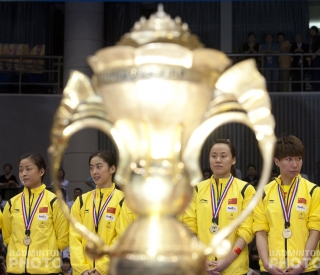
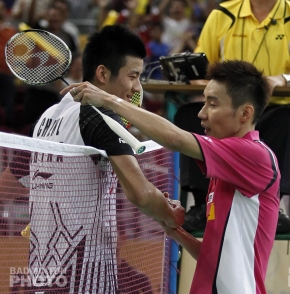
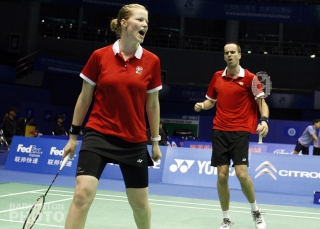
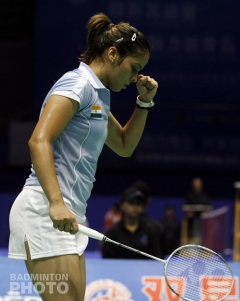

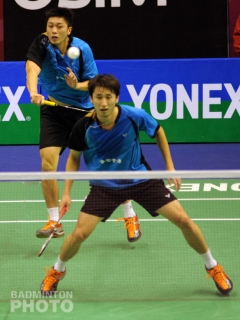
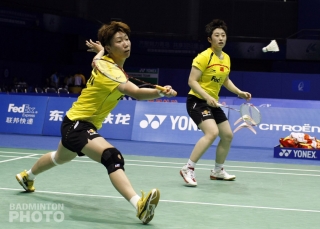
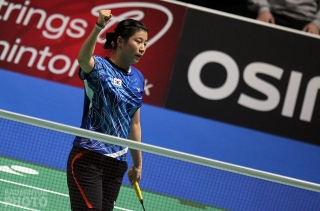
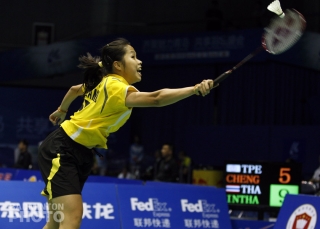
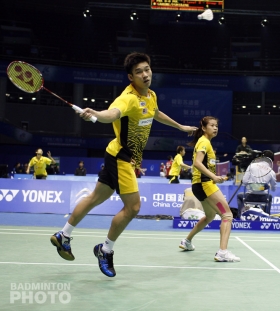
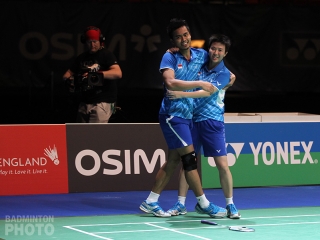

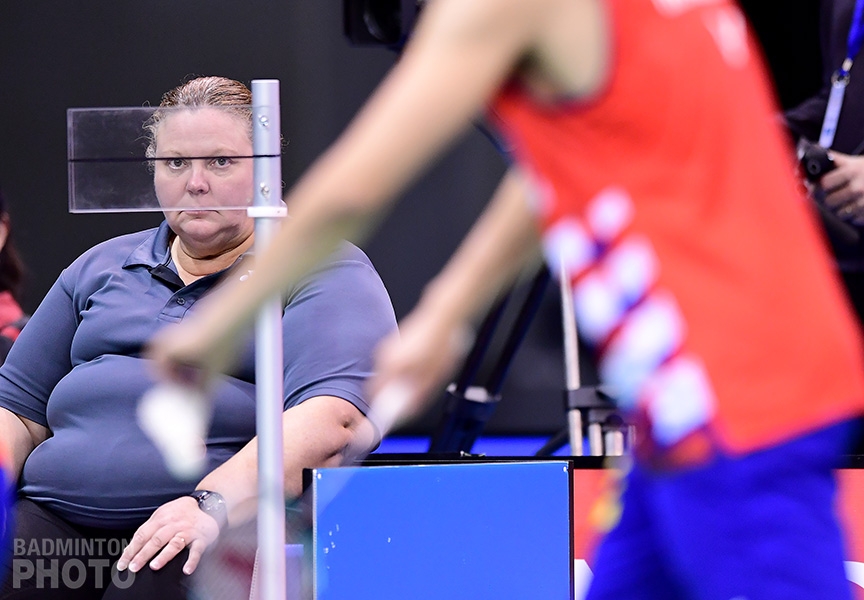
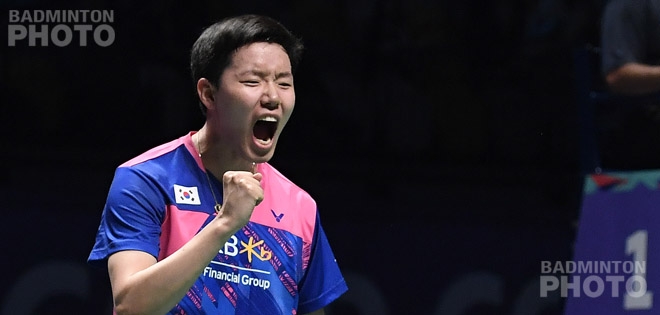
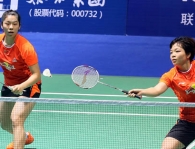
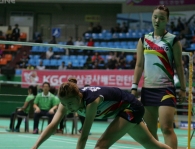
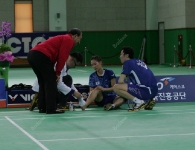
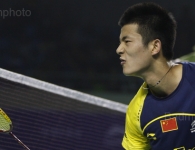
Leave a Reply